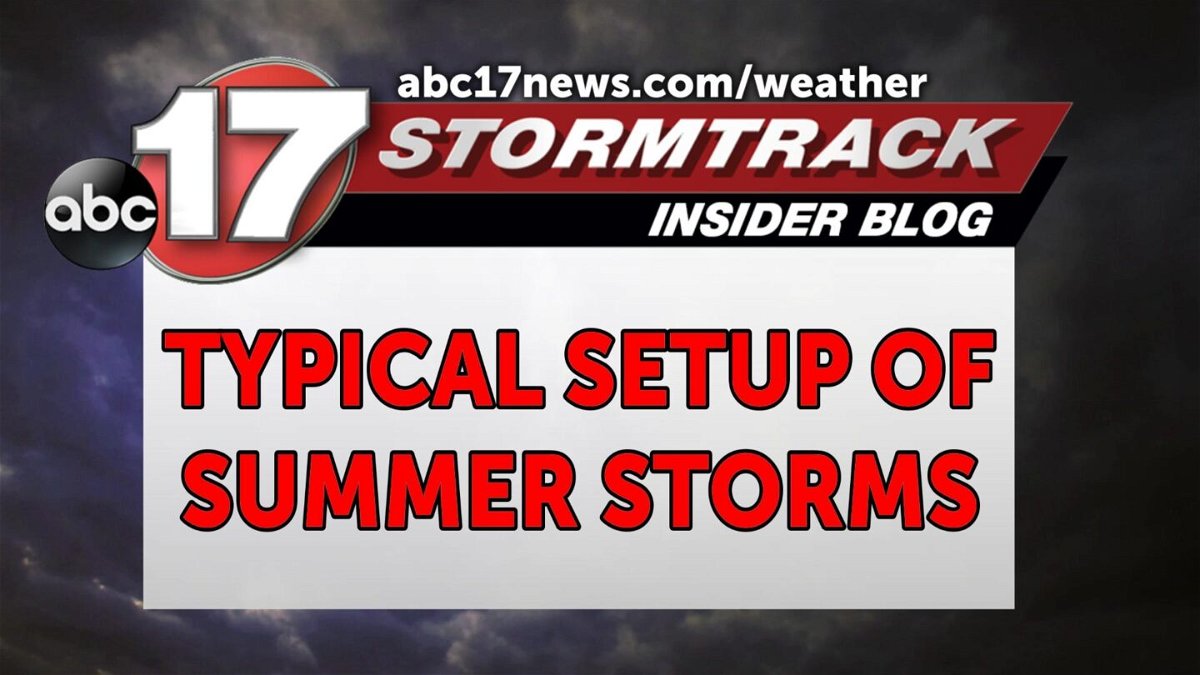Breaking down the typical causes of summer storms

The weather pattern has been more active for early July with above-average rainfall expected this month. Storm chances can occasionally arrive almost unannounced, with summer conditions fueling multiple storm systems sometimes within the same day. This setup is fairly typical in summer when it only takes minor disturbances in the atmosphere to generate immense storms.
When first tracking storms in the forecast, we look at the broad upper level flow of the atmosphere. This is where disturbances can be identified as slight dips in the wind flow. These small features are known as shortwaves, shorter ripples in the jetstream that can still have big impacts.
As these waves trigger storm development, we can also see further growth of the system as storms coalesce into what's known as an MCS - a convective complex. This complex can feed off itself and persist for even several days, bringing widespread impacts from an initially isolated system.
